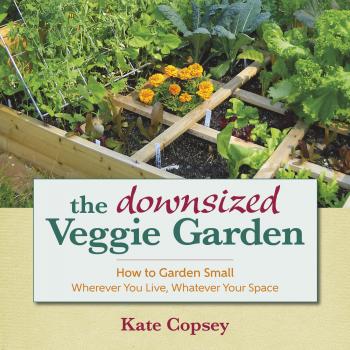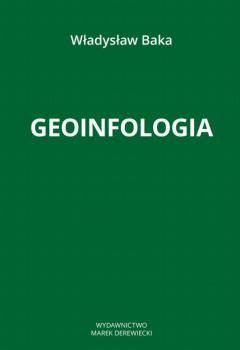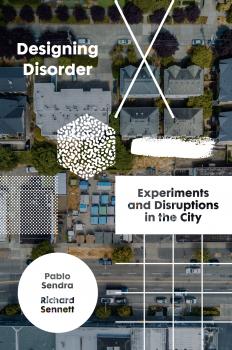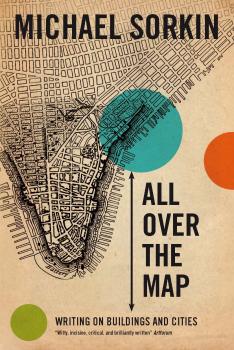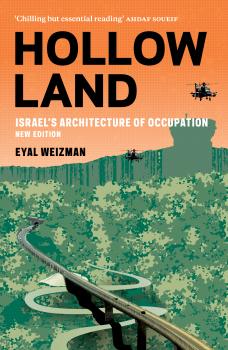ТОП просматриваемых книг сайта:
Техническая литература
Различные книги в жанре Техническая литература, доступные для чтения и скачиванияАннотация
We’ve learned the joys of interplanting our blooming flowerbeds with veggies, herbs and berries – but what about the grains, those ancient and beautiful grasses that practically gave us civilization: wheat, barley and oats for winter; corn, rice and sorghum for the warm season. Gardening with Grains is a pioneering book, a companion to Brie Arthur’s The Foodscape Revolution . Richly illustrated, it combines history, environmental benefits and personal stories with simple how-to’s for planning, growing and harvesting 6 important grains. Includes 12 chef-tested recipes for inspiration.
Аннотация
In The Downsized Veggie Garden , garden expert Kate Copsey takes the reader season-by-season, plant-by-plant, with essential tips about soil, seed-starting, plant choices, non-chemical fertilizing, watering, choosing the right containers, veggie garden planning and planting, and much more. This fully illustrated book is a one-stop guide for the beginner gardener or the downsizing gardener.
Аннотация
In 1970, Richard Sennett published the groundbreaking The Uses of Disorder, arguing that the ideal of a planned and ordered city was flawed. Fifty years later, Sennett returns to these still fertile ideas and, alongside campaigner and architect Pablo Sendra, sets out an agenda for the design and ethics of the Open City. The public spaces of our cities are under siege from planners, privatisation and increased surveillance. Our streets are becoming ever more lifeless and ordered. What is to be done? Can disorder be designed? In this provocative essay Sendra and Sennett propose a reorganisation of how we think and plan the social life of our cities. ‘Infrastructures of disorder’ combine architecture, politics, urban planning and activism in order to develop places that nurture rather than stifle, bring together rather than divide up, remain open to change rather than closed off.
Аннотация
Robert Hughes once described Michael Sorkin as “unique in America–brave, principled, highly informed and fiercely funny.” All Over the Map confirms all of these superlatives as Sorkin assaults “the national security city, with its architecture of manufactured fear.”
Аннотация
Acclaimed exploration of the political space created by Israel's colonial occupation. From the tunnels of Gaza to the militarized airspace of the Occupied Territories, Eyal Weizman unravels Israel's mechanisms of control and its transformation of Palestinian towns, villages and roads into an artifice where all natural and built features serve military ends. Weizman traces the development of this strategy, from the influence of archaeology on urban planning, Ariel Sharon's reconceptualization of military defence during the 1973 war, through the planning and architecture of the settlements, to the contemporary Israeli discourse and practice of urban warfare and airborne targeted assassinations. Hollow Land lays bare the political system at the heart of this complex and terrifying project of late-modern colonial occupation.
Аннотация
A celebrated urban historian’s bestselling account of the global explosion of slums. Accordingto the united nations, more than one billion people now live in theslums of the cities of the South. In this brilliant and ambitious book,Mike Davis explores the future of a radically unequal and explosivelyunstable urban world. From the sprawling barricadas ofLima to the garbage hills of Manila, urbanization has been disconnectedfrom industrialization, and even from economic growth. Davis portrays a vasthumanity warehoused in shantytowns and exiled from the formal worldeconomy. He argues that the rise of this informal urban proletariat isa wholly unforeseen development, and asks whether the great slums, as a terrified Victorian middle class onceimagined, are volcanoes waiting to erupt.


